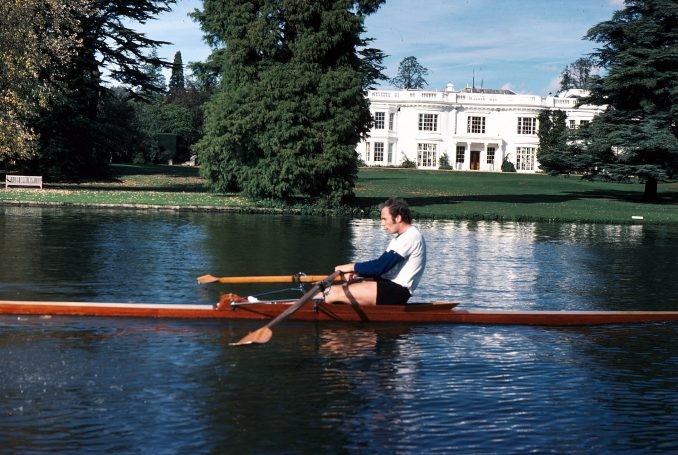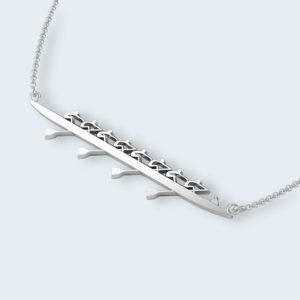We continue with our posts about exercises to improve your technique.
We all know someone (maybe its you?) who has a problem with it but backsplashing is a soluble problem. Let’s have a look what we can do!
We received the following email:
I have a double team with too much backsplash.. She was flip catching before but we have that better under control now. Her partner doesn’t seem to blacksplash, so we have that under control. I need to video them but have been alone in the launch… Any hints on how to lessen back splash?
So what can you do?
Firstly let’s set some common understanding: Some back splash is desirable if the oar is going into the water when the athlete is at full compression AND if the oar’s speed of descent from above to under the water is fast enough not to slow down the boat. I’m guessing your athlete is slowing down the boats speed by her exaggerated backsplash. I think it’s probably caused by one or two things: Firstly she is not timing the oar entry to the water with her body at full compression and second she is not dropping it in fast enough to match the speed of the water passing by the boat. There are some drills which may help you to show her how to adapt her movements.
Drills to improve your technique and prevent unnecessary backsplash
1 – Try a reverse pick-drill.
Start with sitting at front stops in the catch position with body fully compressed and just place the oar in and out of the water. Practice making the movement by almost letting go of the handle so the oar drops under its own weight. This requires a relaxed grip on the handle.
Then practice making the movement using a circular ‘hook’ of the oar handle so that is an active movement not passive. Don’t worry if the oar goes too deep when they first practice this. Give the crew visual references as to how low and high the handle needs to go by having them check their hand height over the gunwale or against the shirt of the other crew member. Then build the length of the stroke from the catch by going from catch placement to 3/4 slide; to 1/2 slide from the catch etc. until you are at full slide rowing.
Any time the backsplash comes back, return to the previous stage and re-do the drill. This is pretty intense and your athlete may not have the flexibility or core strength to sit at front stops for very long. So don’t over-load or over-do the drill and have breaks of regular sculling in between then do the drill again. Try to incorporate it into the daily warm up for every practice.
2 – Check the handle height on the recovery.
I’m guessing that your crew are letting the handles rise up in a diagonal line from a low point when they’re at half slide on the recovery up to the highest point which is the catch. Try to change this so they hold the handles at the low point continuously from half slide on the recovery staying low as the handles pass over their shins and feet.
Then change the catch movement to a circular ‘hook’ rather than a diagonal rising line. In this way the oar stays higher off the water for longer and the entry into the water is a more definite separate part of the recovery rather than part of a continuous rising of handle. It may be easier to try teaching this first before the reverse pick drill.







